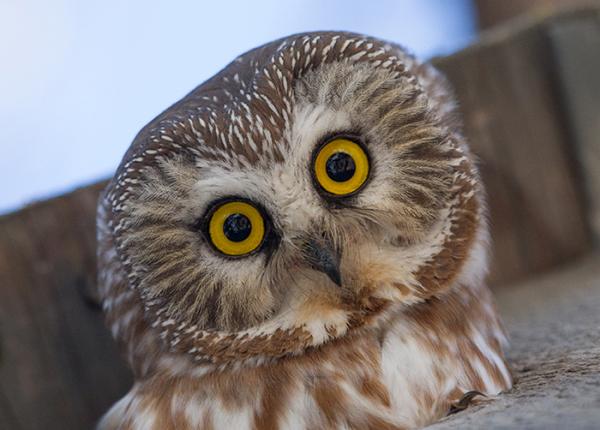From Jay Jay Coetzee
A Glimpse Into the World of Marsh Owls
Today I was given a rare gift-an intimate encounter with a breeding pair of Marsh Owls. A gentle male and female, so unafraid and curious, they welcomed me into their world with the quiet grace only nature can offer.
These owls are softer than the grass they nest in, their movements tender and inquisitive. To my amazement, they came right up to me, showing me their nest and allowing me a glimpse into their hidden lives. In their presence, I felt only gentleness-creatures of such delicate beauty, carrying the wild’s quiet wisdom in their golden eyes.
Yet, moments like this are becoming rarer. Their fragile habitats are shrinking under the pressure of relentless commercial development. The grasslands that once stretched freely are disappearing, leaving these gentle beings with fewer and fewer places to call home.
Standing there, eye to eye with the Marsh Owls, I was reminded of why conservation matters-not just for the survival of species, but for the preservation of the quiet, sacred encounters that remind us of our shared place in the natural world.


Great photos and writeup!
These owls seem to have eyes slightly set at outward angles as opposed to straight ahead. That seems unusual?
Owl skulls are pretty triangular, with the eyes canted outward. With the photos so centered on the eye and facial disc, it is putting a lot of emphasis on that curvature/
Add in the scleral discs and it highlights how the eyes point out. (Remember they can’t move their eyes, only the entire head.) Scleral rings support the eyes during physical stress, such as the forces exerted by flight. They don’t move, they’re just there to keep the eyes’ shape.
I got curious as to if the rings were bone or cartilage. They are made up of 12-15 ossicles, which means “tiny bones.” The bones of our ears (hammer/anvil/stirrup) are ossicles. Small owls have less ossicles, while larger ones have an extra 1 or 2. Here is a Snowy (L), Barred (M), and Screech (S).
Even with this outward angle, our eyes still have significantly better peripheral vision than an owl’s. Owls only have 70 degrees of vision where they have binocular vision (can see the same thing with both eyes). We can move our eyes side to side though! This gives us 140 degrees of binocular vision! Take that, Mr. Owl! We can also move them outward, giving us almost 180 degrees of overall peripheral vision, while owls are limited to about 110, even with the eyes tilted how they are. This is why they have to cock and spin their heads to see, and we do not near as much.
Awesome thank you! So all owls have slightly angled eyes? They just seem so bang-on-straight ahead I thought they were all “flat”. Cool to see!
It should be all owls. My understanding is that birds of prey are the only birds with forward angled eyes, since they need to judge distance and speed. Other birds have side facing eyes to maximize peripheral vision to avoid those predators.
Left to right: Blue Jay, Wood Duck, Green Heron, Barred Owl, Turkey Vulture